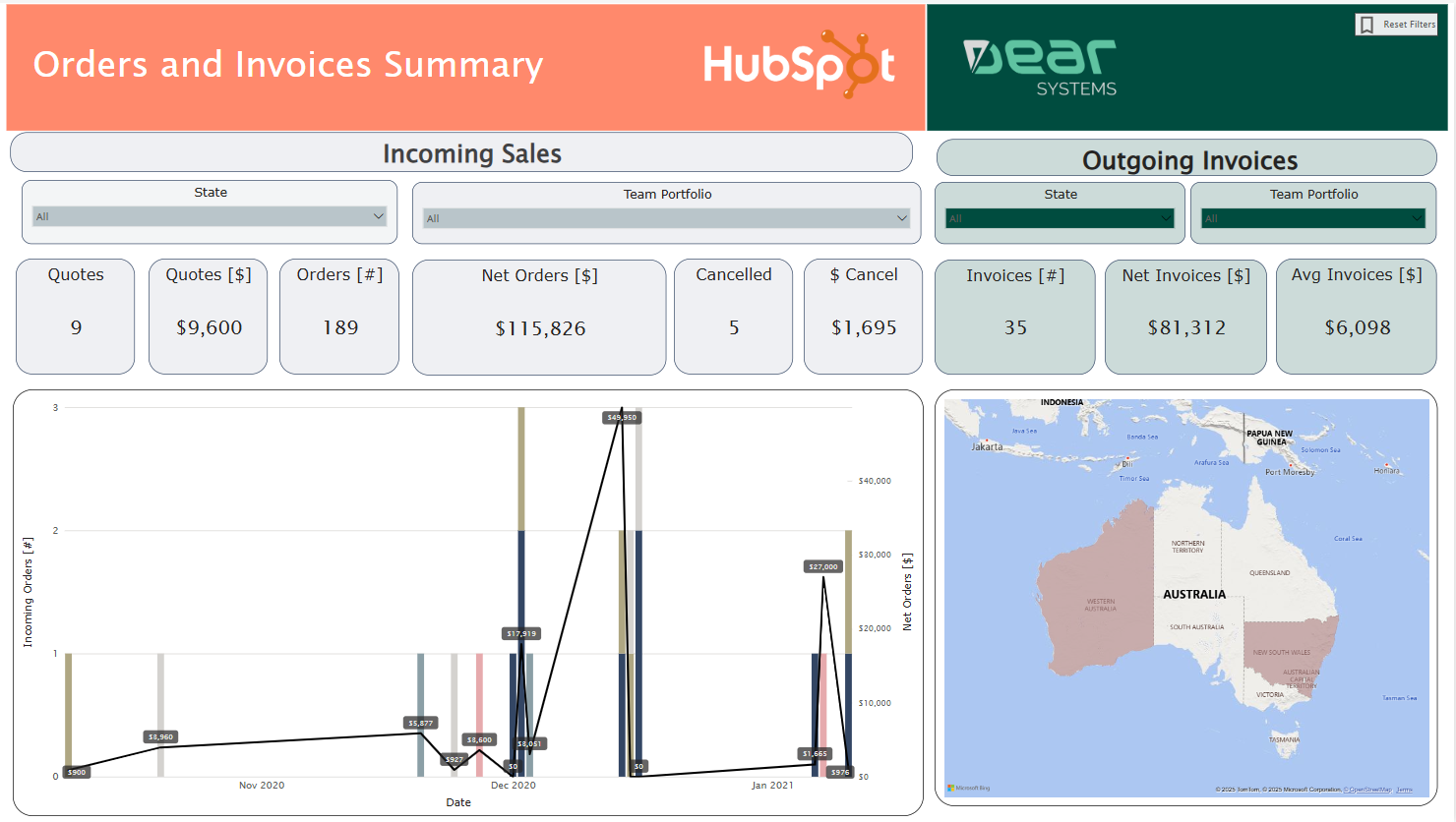
In today's data-driven business environment, understanding the distinction between financial and operational data is crucial for making informed decisions. While both types of data are essential for business success, they serve different purposes and provide unique insights.
What is Financial Data?
Financial data represents the monetary transactions and financial position of your business. This includes:
- Revenue and Income: Sales figures, service income, investment returns
- Expenses: Operating costs, salaries, utilities, rent
- Assets and Liabilities: Cash, inventory, accounts receivable, debts
- Profitability Metrics: Gross profit, net income, EBITDA
- Cash Flow: Cash inflows and outflows over time
What is Operational Data?
Operational data captures the day-to-day activities and processes that drive your business performance:
- Customer Metrics: Lead conversion rates, customer acquisition costs
- Production Data: Manufacturing output, quality metrics, efficiency rates
- Sales Performance: Pipeline data, deal sizes, sales cycle length
- Employee Productivity: Hours worked, projects completed, utilisation rates
- Process Efficiency: Turnaround times, error rates, automation levels
Key Insight
Financial data tells you what happened to your business financially, while operational data explains why it happened and how to improve it.
The Power of Combining Both Data Types
The real magic happens when you combine financial and operational data to create a comprehensive view of your business performance. This integrated approach enables:
1. Root Cause Analysis
When financial performance dips, operational data helps identify the underlying causes. For example, declining revenue might be linked to longer sales cycles or reduced lead conversion rates.
2. Predictive Insights
Operational metrics often serve as leading indicators for financial performance. Customer acquisition trends can predict future revenue, while productivity metrics can forecast cost changes.
3. Performance Optimisation
Understanding both data types allows you to optimise operations for better financial outcomes. You can identify which operational improvements will have the greatest financial impact.
How EVA Transforms Data Integration
EVA, our AI-powered business assistant, excels at combining financial and operational data to provide actionable insights:
- Unified Data View: EVA automatically combines data from multiple sources
- Intelligent Analysis: AI identifies correlations between operational and financial metrics
- Natural Language Queries: Ask questions like "Why did our profit margin decrease last quarter?"
- Automated Insights: EVA proactively identifies trends and anomalies across both data types
Best Practices for Data Integration
To effectively leverage both financial and operational data:
- Standardise Data Collection: Ensure consistent data quality across all sources
- Define Clear KPIs: Establish metrics that bridge financial and operational performance
- Regular Reviews: Schedule periodic analysis of both data types together
- Invest in Integration Tools: Use platforms like EVA that naturally combine different data sources
Common Integration Challenges
Many businesses struggle with integrating financial and operational data due to:
- Data silos between departments
- Different reporting frequencies and formats
- Lack of technical integration capabilities
- Inconsistent data definitions and standards
The Future of Integrated Business Intelligence
The future belongs to businesses that can seamlessly integrate financial and operational data. AI-powered tools like EVA are making this integration more accessible than ever, enabling businesses of all sizes to benefit from comprehensive data analysis.
By understanding and leveraging both financial and operational data, businesses can make more informed decisions, identify opportunities for improvement, and drive sustainable growth.
Ready to Integrate Your Business Data?
Discover how EVA can help you combine financial and operational data for powerful business insights.